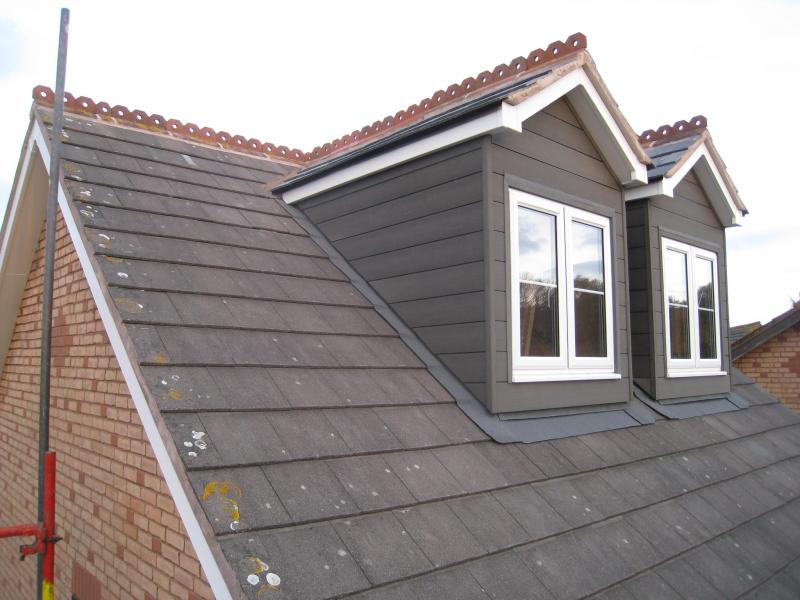We're doing a loft conversion, raising the hip to gable end and building a large dormer on the back (with nearly flat roof). We're slightly stuck, wondering whether to tile or render the dormer. Render seems to look good when it's newly done, but I'm worried it will crack quickly, especially because anything that high is bound to be more exposed to the elements. On the other hand, tile dormers of the size we're planning don't look great -- but presumably will be more durable? Any thoughts welcome...
-
 Looking for a smarter way to manage your heating this winter? We’ve been testing the new Aqara Radiator Thermostat W600 to see how quiet, accurate and easy it is to use around the home. Click here read our review.
Looking for a smarter way to manage your heating this winter? We’ve been testing the new Aqara Radiator Thermostat W600 to see how quiet, accurate and easy it is to use around the home. Click here read our review.
Loft conversion dormer: tile or render?
- Thread starter saspden
- Start date


